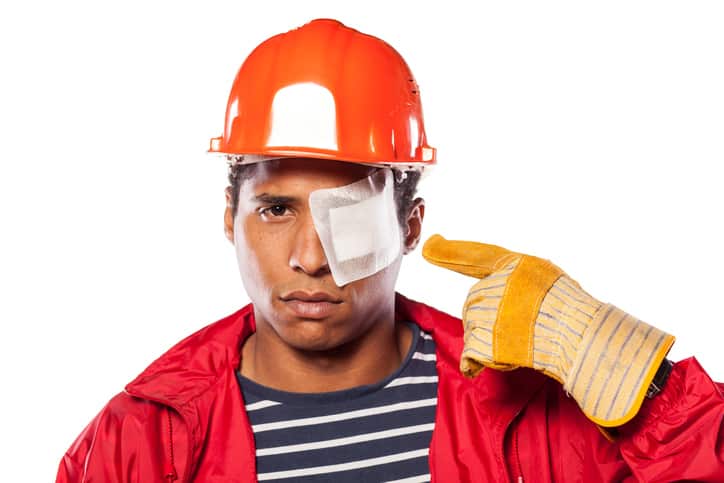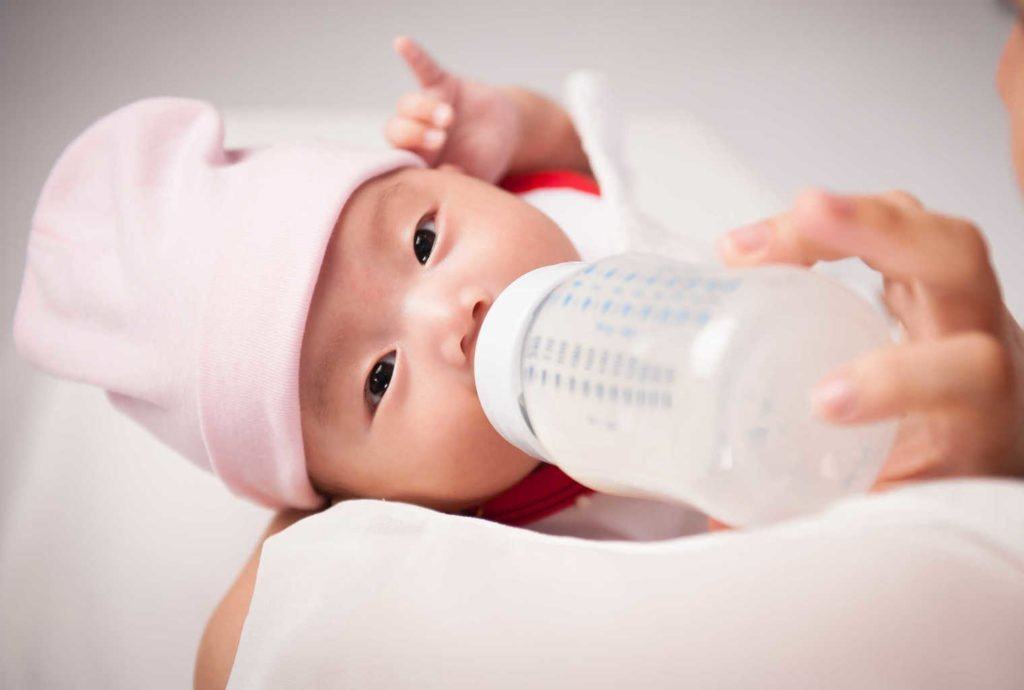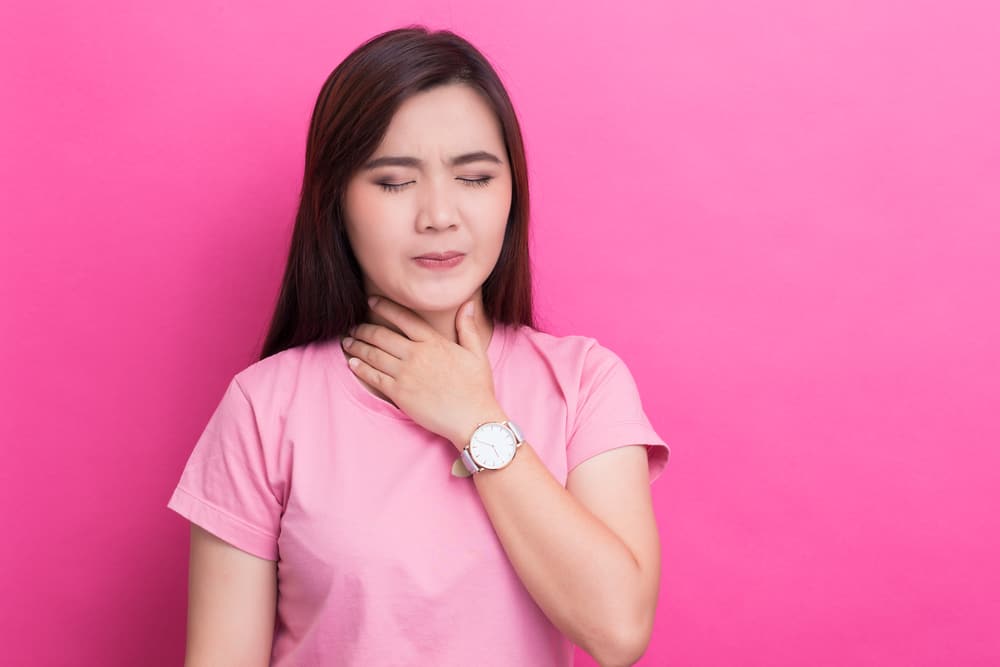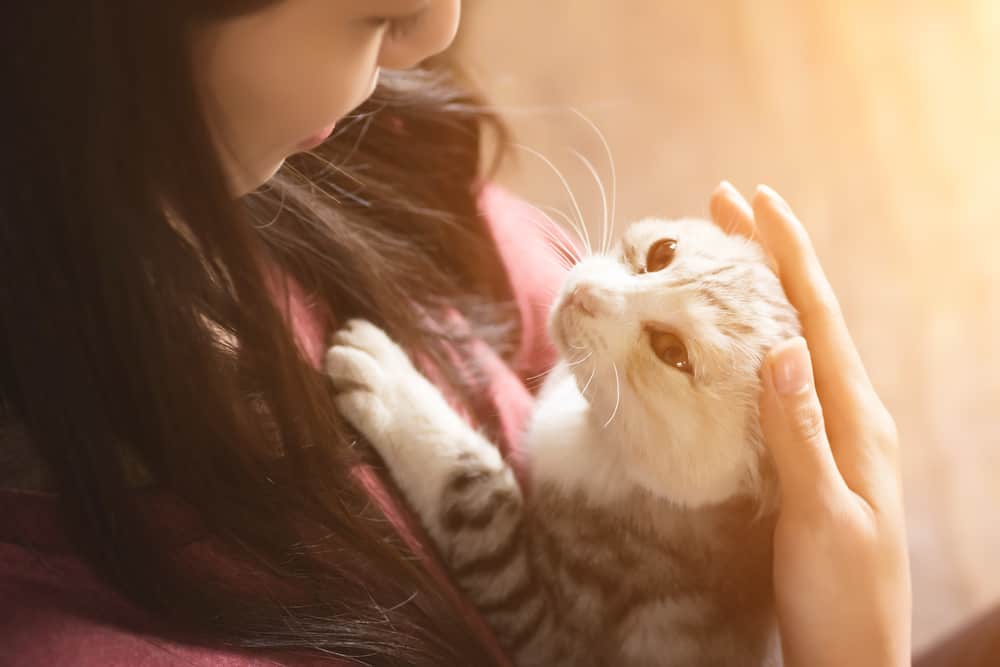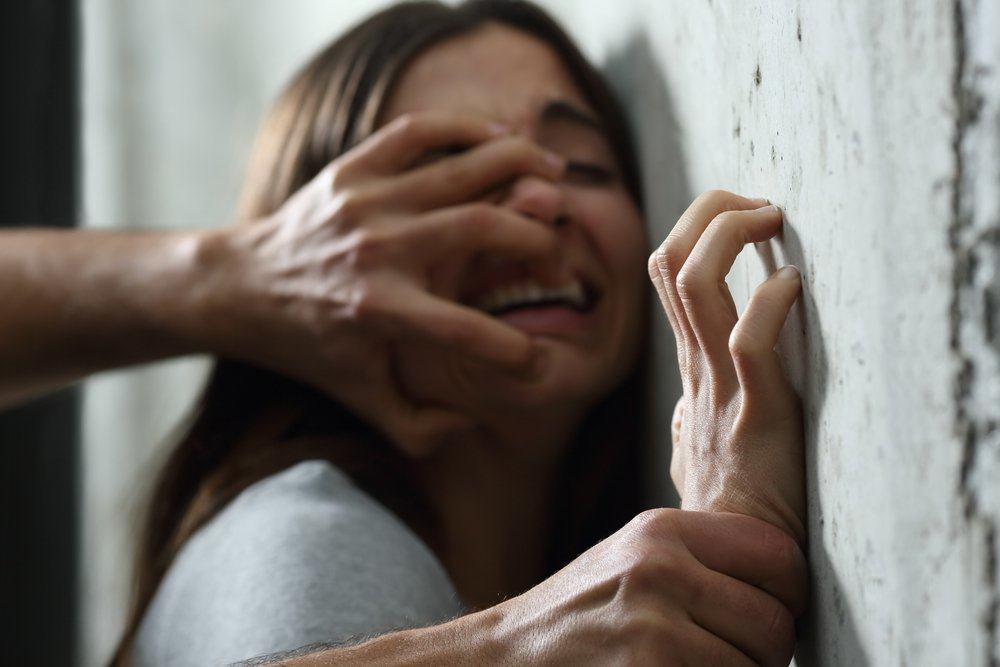Contents:
- Medical Video: How to Treat An Eye Injury - First Aid Training - St John Ambulance
- Things not to do with eye injuries
- How to take a foreign object that doesn't stick in the eye
- What should be done in cases of other eye injuries?
- What should be done if there is a burn on the eye?
Medical Video: How to Treat An Eye Injury - First Aid Training - St John Ambulance
Eye injury certainly requires professional care, but if it is very emergency, first aid is important to prevent further injury. The most common eye injury requiring first aid is when the entry of a particle into the eye, such as dust, wood chips, glass, metal, concrete, or other hard substances. In addition, chemical particles, steam and radiation energy can also cause injury to the eye.
The natural urge to rub your eyes will definitely appear at that time, but don't do it occasionally if you don't want an eye injury to get worse. Rubbing the eyes causes sharp particles to damage the soft tissue that lines the inside of the eye. Here is a first aid guide to eye injuries by the American Red Cross.
Things not to do with eye injuries
The following are some things to avoid when eye injuries occur:
- Never touch your eyes to check foreign objects inside before you wash your hands first. If not, dirt may enter the eyes and cause severe injury.
- Never act harshly, this might worsen eyeball injury.
- Never remove foreign objects with toothpicks, matchsticks, knives, magnets, or other objects.
- Do not remove objects stuck in the eye. Remember to take the patient to the doctor if a foreign object is stuck in the eye.
How to take a foreign object that doesn't stick in the eye
The following are things that must be done to take particles that enter the eye, but do not stick in the eyes:
- Pull down the lower eyelid and see if there is an object located on the surface of the membrane covering the lid. If so, the object must be lifted gently with cotton or other applicator that has been moistened with water (do not use dry cotton around the eyes).
- Gently hold the eyelids of the upper petals between the thumb and forefinger, suggesting that the patient look up, and pull the eyelids forward and back through the lower eyelids. Foreign objects found on the membrane of the upper lid often escape and disappear by tears.
- Flush eyes with clean water. This can be done with a small spray or with eye drops. Never lubricate any device in first aid treatment under any circumstances.
- If a foreign object is still present or embedded in the eye, contact your doctor immediately. Retained foreign bodies can cause tissue changes and develop scars. In some cases, this can cause loss of vision. Remember, inflammation of the lining of the eye may cause other sympathetic inflammation.
- In case of serious injury, apply a sterile gauze pad or oval eye pad. Close the patient's eyes when he is on his way to the hospital.
- If the patient is in a state of severe shock or coma, close the eyelids to prevent visual damage that might result from drying the eyeball. If the eyelids fail to close, they must be covered with gauze or prevent them from opening with adhesive tape or tape.
What should be done in cases of other eye injuries?
The best advice is to deliver the victim to the doctor as soon as possible. Damage to the petals can be caused by non-expert care. The only recommended first aid treatment is the application of sterile gauze or gauze pads that are tightly wrapped.
What should be done if there is a burn on the eye?
Heat, chemicals, gas or chemical particles can cause burns to the eyes. Usually if the hazardous material approaches the eye, the petals will reflexively close, so that only the surface of the petals is affected by burns. Eyelid burns can however be serious, because they can damage the tear ducts and cause scarring. Chemicals such as acid, alkali, anhydride, or detergent may spray into your eyes before you can close your eyes, which can cause severe eye injury. If that happens, immediately wash your eyes with large amounts of clean water.
READ ALSO:
- First Aid to Overcome Open Bone Brokenness
- First Aid On Burns
- First Aid For External Bleeding

